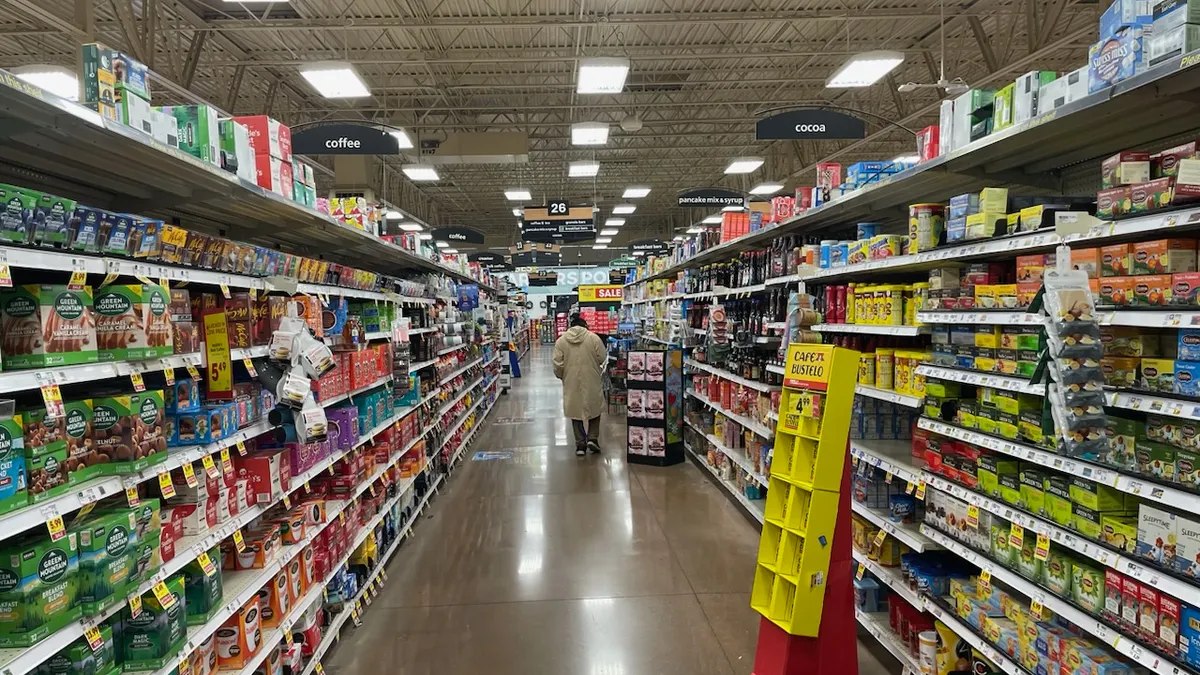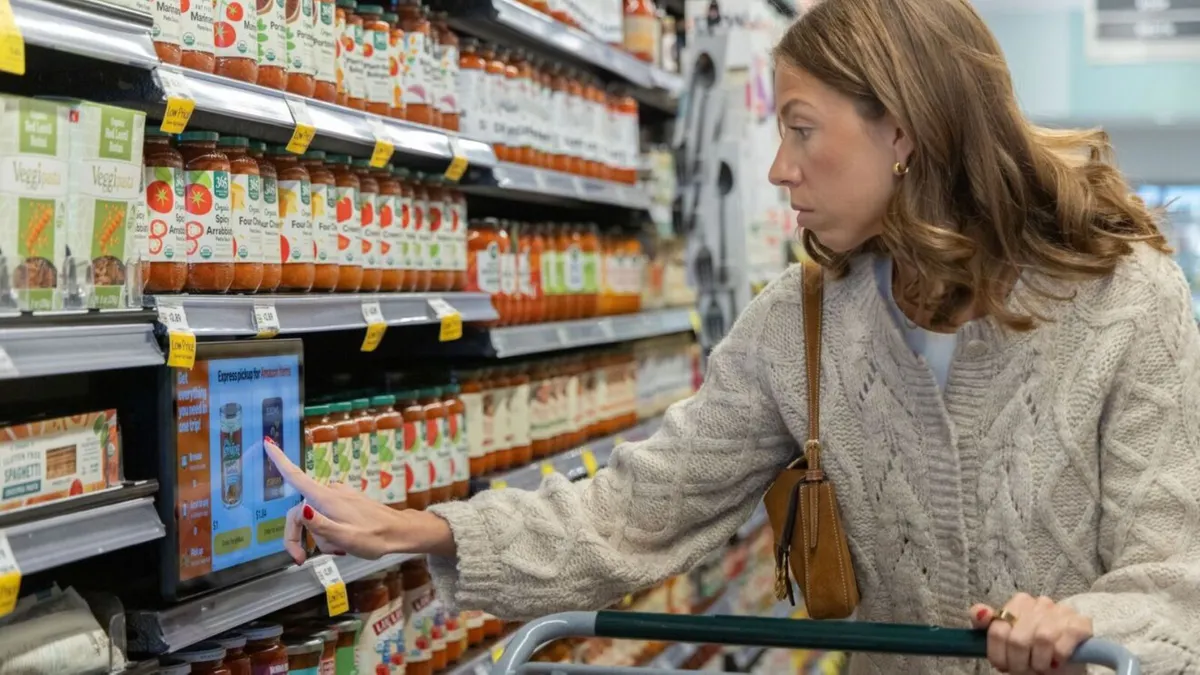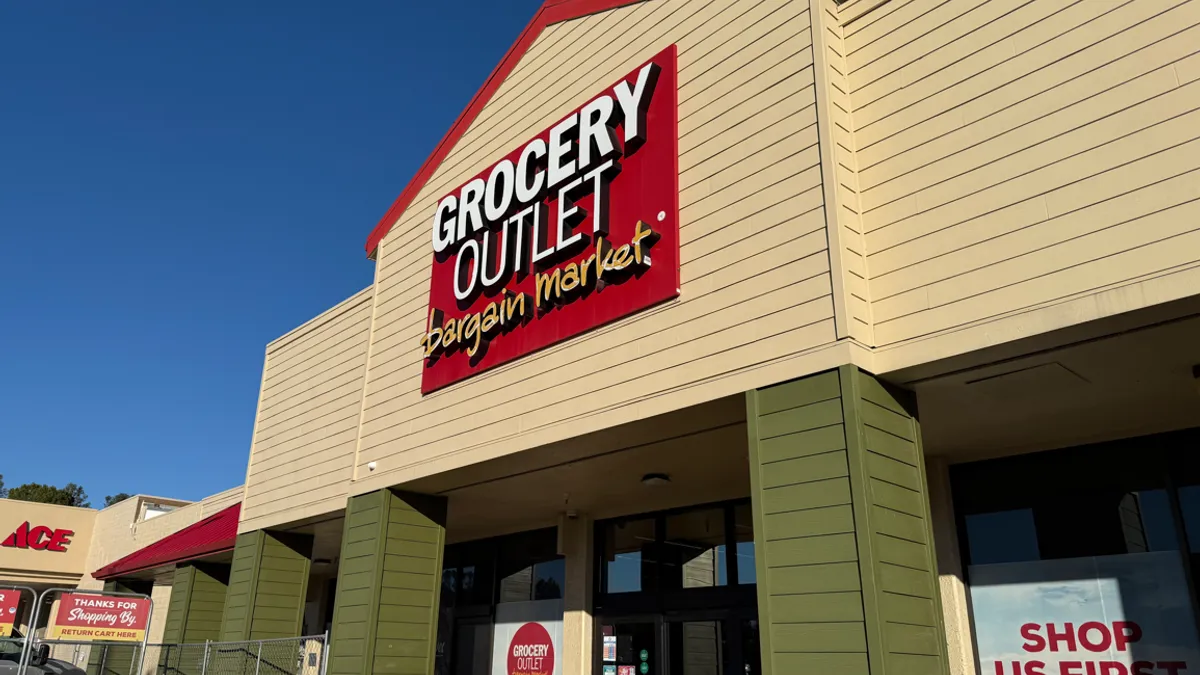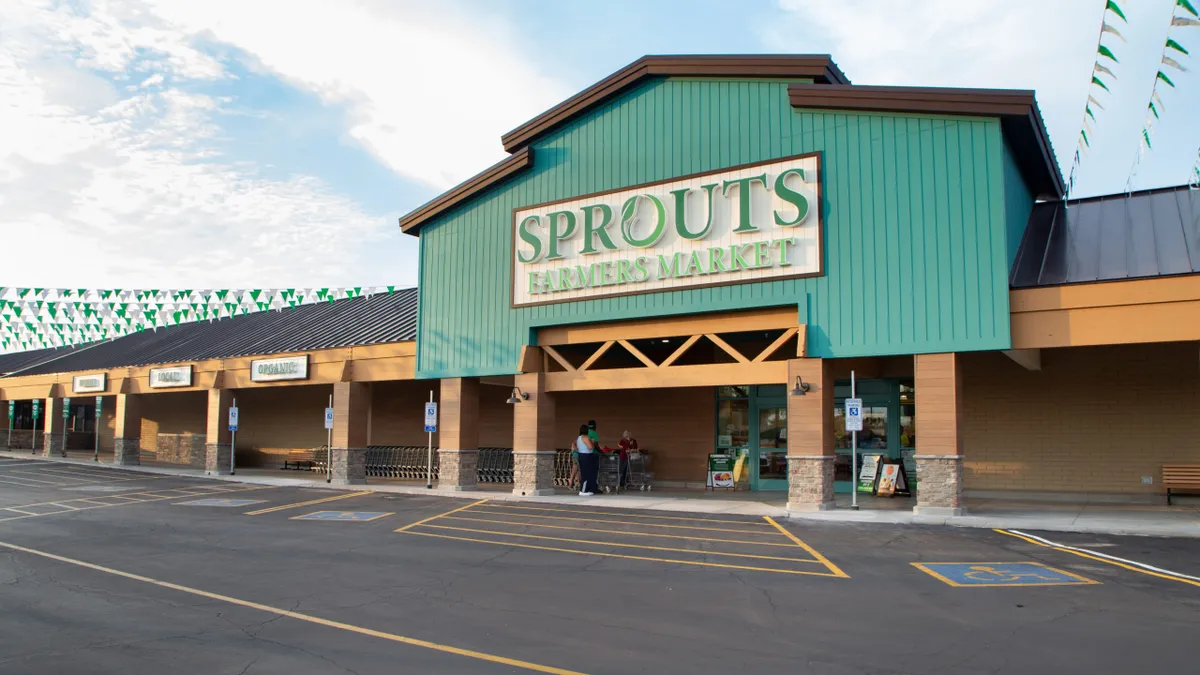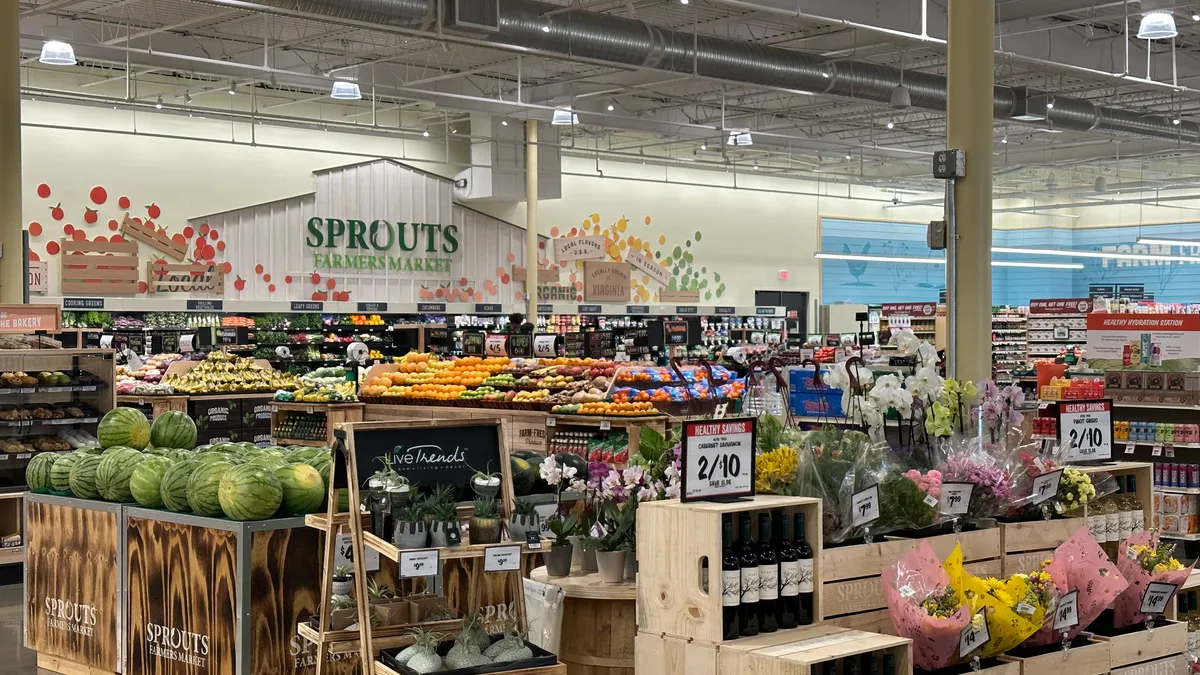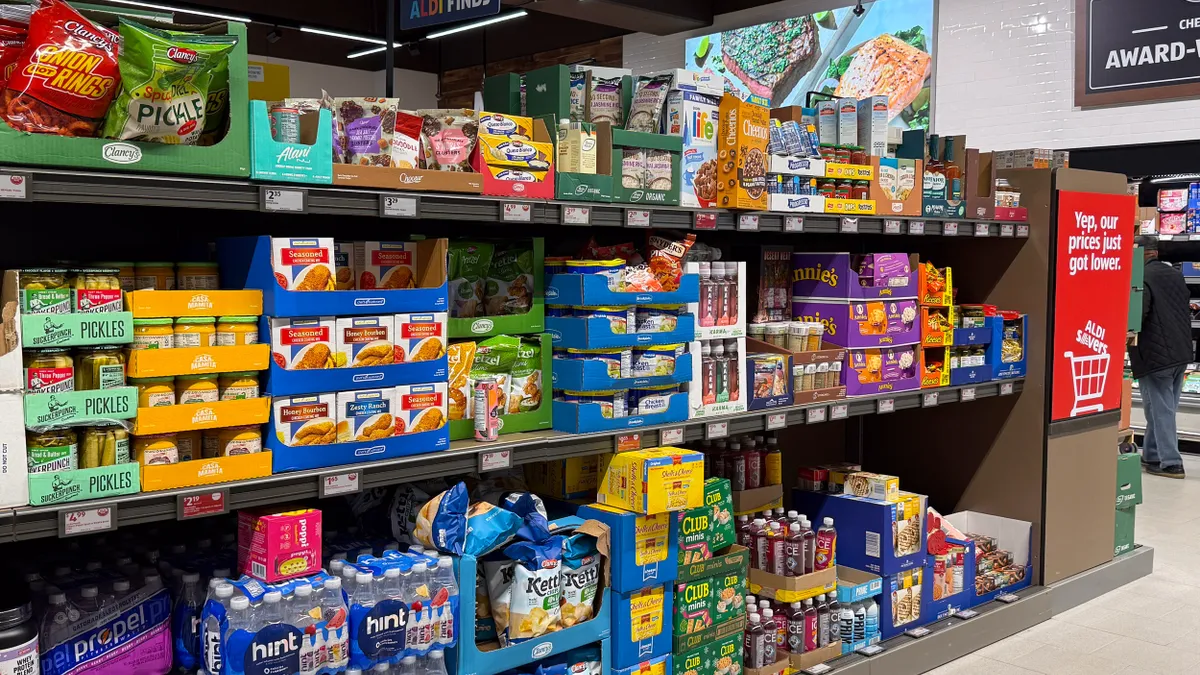Grocery shoppers are growing increasingly worried that the Trump administration’s tariffs on imported goods will result in higher prices at the supermarket, according to survey data collected by FMI — The Food Industry Association.
While consumers are looking ahead with trepidation, a majority nevertheless believe that they retain the ability to keep their spending on food under control, the trade group found. Speaking Tuesday during a briefing for reporters, Andy Harig, FMI’s vice president for tax, trade, sustainability and policy development, said the organization’s research shows that shoppers are “navigating this environment with a lot of agility.”
Still, FMI has detected that retailers and suppliers are worried that upward pressure on prices could impact people’s spending going forward — although the latest inflation figures suggest that tariffs have so far not caused grocery prices to spike, Harig said.
Grocery prices rose at an annual rate of 2.2% in July, down from 2.4% in June, the U.S. Bureau of Labor Statistics reported Tuesday. Prices were off by a fraction of a percentage point in July compared with the prior month. By comparison, overall inflation ticked up 0.2% in July on a month-to-month basis, although the metric remained at a 2.7% yearly pace.
Harig said that while FMI supports efforts by the Trump administration to reduce red tape for businesses, the organization is concerned that the president’s tariffs will adversely affect grocery shoppers. More than half of respondents who participated in FMI’s U.S. grocery shopper trends survey for August pointed to tariffs as their chief concern related to the cost of food, he said, adding that the figure is the highest FMI has recorded since President Donald Trump took office.
FMI plans to work with federal officials to create an “exemption process that excludes those [imported] foods where tariffing them doesn’t benefit U.S. industry,” such as cocoa, cinnamon and bananas.
“While we applaud policy moves that have eased regulatory burdens and supported economic growth, we’re also mindful that broad-based, country-specific tariffs could introduce upward pressure and prices at a time when many families are still recovering from challenges associated with [inflation],” Harig said.
Ricky Volpe, associate professor of agribusiness at California Polytechnic State University, pointed out during the briefing that while grocery inflation has been relatively muted in recent months despite the tariffs implemented by Trump, factors like disease and adverse weather conditions that impact harvests could cause prices to start heading up. He noted, for example, that lettuce prices have been rising because of bacterial outbreaks that have pushed yields to a fifth of where they should be.
“I think it’s very important that we all keep in mind that these tariffs … aren’t happening in a laboratory. They’re not happening in a vacuum, and they have the potential to exacerbate some of the other issues that are affecting food prices and food productivity in the U.S.,” Volpe said.
Volatile energy prices and worker shortages could also take a toll on grocery prices, he added, noting that worker-retention challenges might also have an impact.
“For many food companies, from production and harvesting to retail, labor is effectively a constraint affecting the productivity and output of these firms, because the availability of labor is so low and the turnover is so high — and all of this sort of sets the stage for food price inflation,” he said.
Harig and Volpe noted that they think tariffs on goods like aluminum and steel could push food prices up during the coming months because those commodities play an essential role in how foods are packaged, adding that the levies have been gradually making their way through the supply chain.
“Products on supermarket shelves today were very likely packaged and processed using inputs that were not subject to tariffs, [but] food manufacturers are going to need to update their trucks, their vats, their equipment, their capital machinery,” Volpe said. “The cost of doing business is literally going up, and over the next [year], we will see those factors filtering to food prices, pretty much across the board.”


